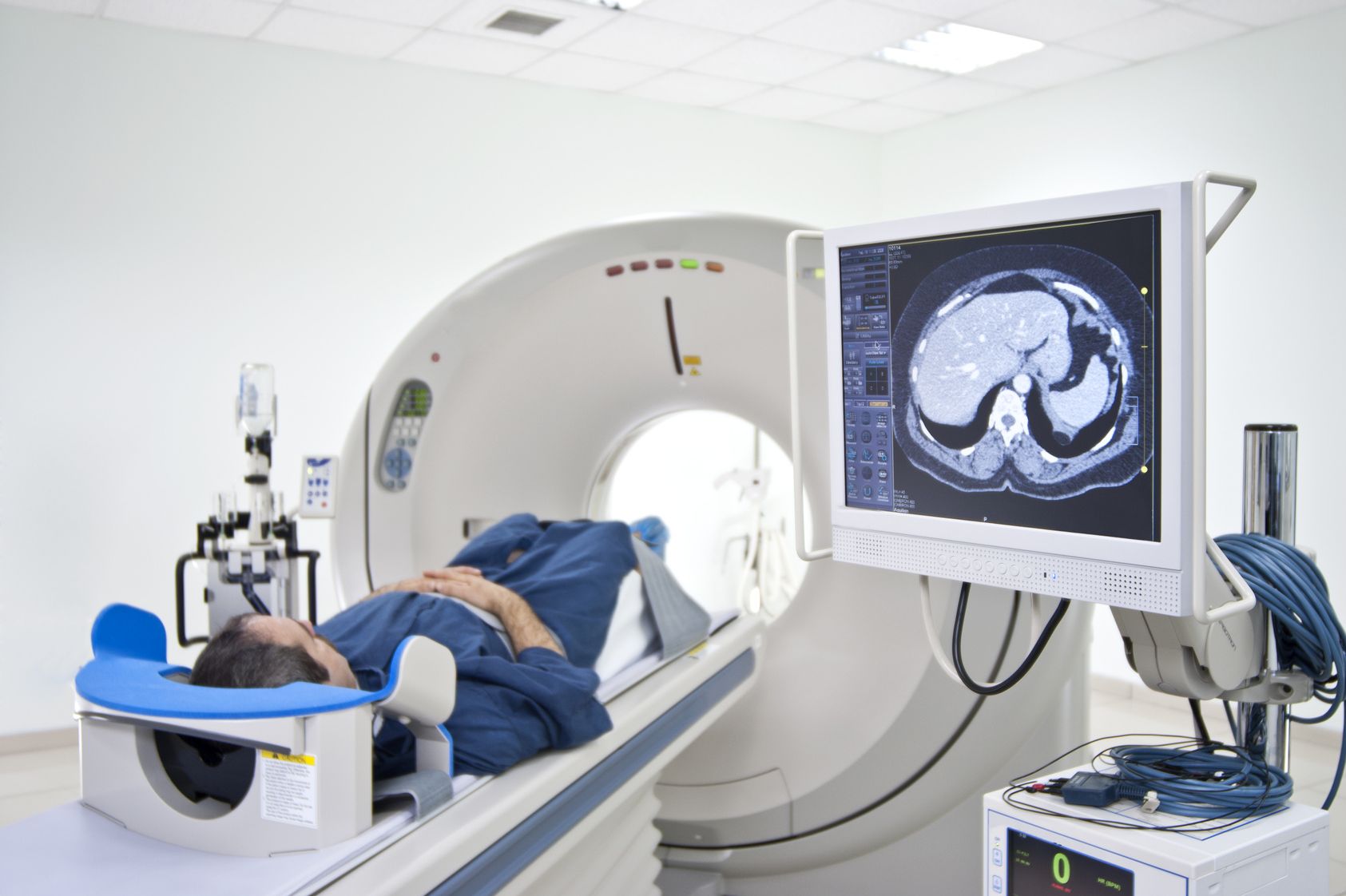
(Vienna, 20 December 2019) In the latest Life Science Call Imaging, Vienna Science and Technology Fund (WWTF) is to fund three research projects, which MedUni Vienna it is either leading or participating in. Each of the research grants for projects in the field of medical imaging is worth around €700,000.
Deciphering breast cancer heterogeneity and tumor microenvironment with correlative imaging
Principal Investigator and Coordinator: Katja Pinker-Domenig
Co-Principal Investigators: Goran Mitulovic, Lukas Kenner
Breast cancer is a disease with many different manifestations and courses, determined by genetic changes and by the environment immediately surrounding the tumour. If the tumour is deficient in oxygen, this results in the formation of new blood vessels, changes in tumour metabolism and the development of an aggressive type of tumour, which often fails to respond to treatment and leads to higher mortality rates. Currently, neither surgical nor imaging techniques are capable of fully determining the complexities of the tumour and its environment. By combining the very latest imaging- and innovative microscopic techniques, the aim of this project is to provide a detailed picture of tissue typing and tumour environment, in order to identify aggressive tumours requiring more intensive therapy. As part of this process, non-invasive imaging techniques such as PET/MRI are linked with molecular tumour profiles of three modern spectrometric (MALDI Mass Spectrometry (M-MSI), Mass Cytometry (CyToF) and multispectral imaging (MS)) techniques by means of Artificial Intelligence. In future, this will make it possible to accurately predict the aggressiveness of the breast cancer by imaging alone, thereby reducing the number of invasive tissue biopsies required. Moreover, establishing this visionary concept also represents an important step towards customised breast cancer treatment.
Tracking Nutrient Metabolism and Cellular Partitioning by Multimodal Molecular Imaging
Principal Investigator and Coordinator: Martin Krssak
Co-Principal Investigators: Cecile Philippe, Arno Schintlmeister
An excess of nutrients and limited metabolic flexibility are associated with the development of obesity, Type II diabetes, fatty liver disease and cardiovascular disease. An analysis of glucose and fatty acid metabolism at the level of organs, tissue and cells is important in understanding the development of metabolic pathologies. This project plans to use a unique combination of new molecular imaging techniques (Magnetic Resonance (MR)-based Deuterium Metabolic Imaging (DMI), Positron Emission Tomography (PET) and the coupling of Transmission Electron Microscopy (TEM) and nanoscale Secondary Ion Mass Spectrometry (nanoSIMS)) to track glucose and lipid metabolism on the levels of tissue transport, intracellular biochemistry and subcellular partitioning. The successful completion of this project will not only deepen our understanding about the development of metabolic diseases but will also establish complex methods for further biomedical research.
Elucidating the mechanics of mitotic chromosome assembly by light-, electron-, and atomic force microscopy
Principal Investigator and Coordinator: Daniel Gerlich (IMBA)
Co-Principal Investigator: Shotaru Otsuka (Max Perutz Labs, MedUni Vienna)
During cell division, chromosomes form compact bodies so that the mitotic spindle can transport an identical copy of the genome to both daughter cells. To this end, chromosomes shorten the DNA by forming loops and reduce their volume by weak interactions within the chromatin fibres. While the mechanisms and function of looping are already relatively well understood, the regulation and relevance of chromatin compaction is little understood, as yet. The researchers postulate that chromatin compaction creates a defined surface on chromosomes, which prevents the microtubuli of the mitotic spindle becoming entangled with chromatin fibres. They will examine this hypothesis using multimodal microscopy in cells and in reconstituted chromatin. In particular, they will test the role of histone modifications and determine the resulting material properties of chromatin. They will combine light- and electron microscopy to identify the structure of the chromosome surface and use Atomic Force Microscopy to analyse the mechanical resistance of isolated chromosomes and synthetic chromatin in vitro. This research will provide fundamental new insights into the material properties of chromosomes, which are of fundamental importance for genome inheritance, and establish multimodal microscopy techniques suitable for a variety of applications.